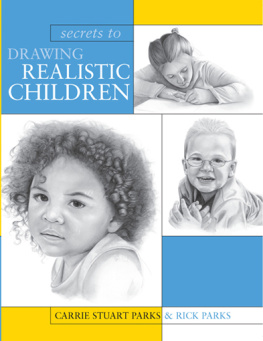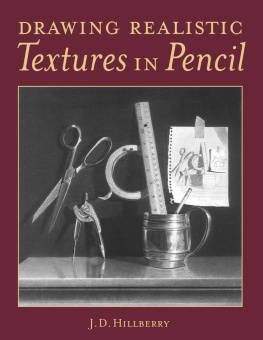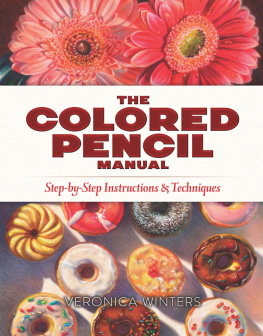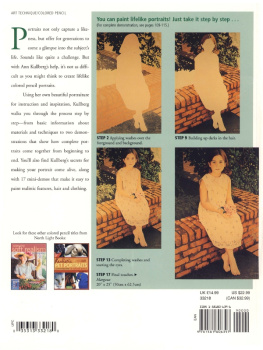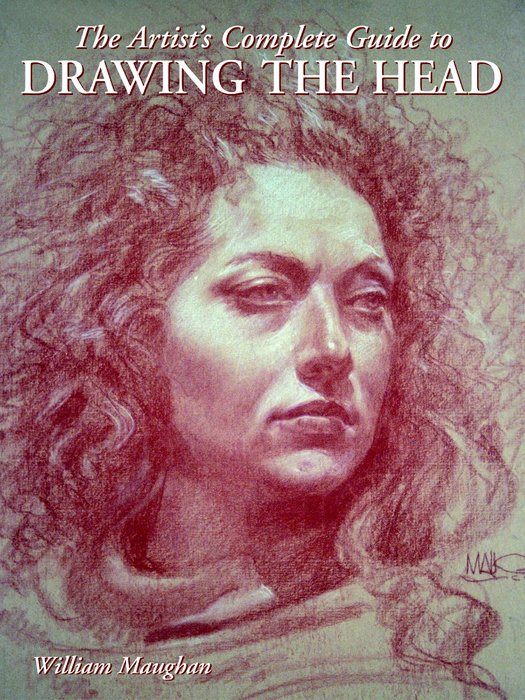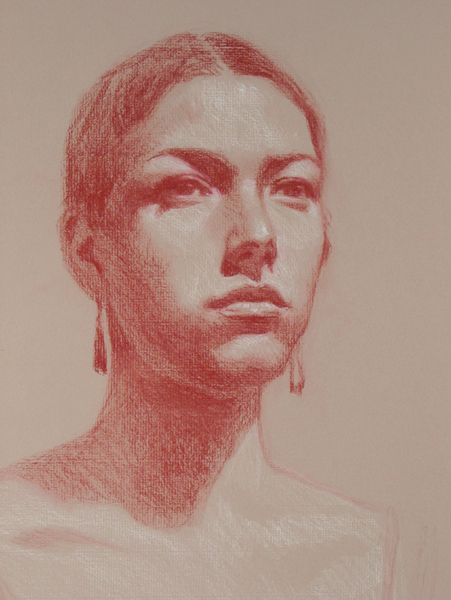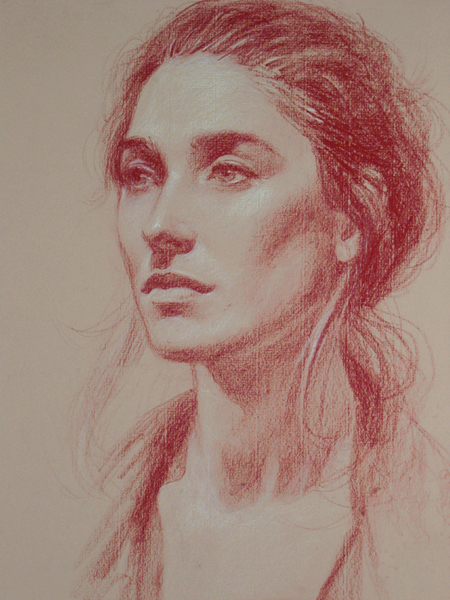The Artists Complete Guide to
DRAWING THE HEAD
The Artists Complete Guide to
DRAWING THE HEAD
WILLIAM L. MAUGHAN
W ATSON -G UPTILL P UBLICATIONS /N EW Y ORK
Front cover model: Tweed Conrad
A NOTE FROM THE AUTHOR:
All of the heads in this book were drawn life-size, between approximately six and eight inches.
Copyright 2004 by William L. Maughan
First published in 2004 by Watson-Guptill Publications, Crown Publishing Group, a division of Random House Inc., New York
www.crownpublishing.com
www.watsonguptill.com
All rights reserved.
Library of Congress Cataloging-in-Publication Data
Maughan, William L., 1946
The artists complete guide to drawing the head / William L. Maughan.
p. cm.
Includes index.
eBook ISBN: 978-0-7704-3473-1
Trade paperback ISBN: 978-0-8230-0359-4
ISBN-13: 978-0-8230-0359-4
ISBN 0-8230-0359-0 (pbk. : alk. paper)
1. Head in art. 2. DrawingTechnique. I. Title.
NC770.M38 2004
743.42dc22
2003020387
Senior Editor: Joy Aquilino
Editor: Holly Jennings
Designer: Jay Anning
Production Manager: Hector Campbell
v3.1
A CKNOWLEDGMENTS
Without valuable help from my wife, Susan Maughan, and her sister, MaryAnn Webster, in the preparation of this book, it would not have come to pass. I am grateful to Lorser Feitelson, the father of hard-edge abstraction and post-surrealism, for teaching me to analyze and draw the representational form. I would also like to thank Richard and Elisa Stephens and the Academy of Art College for giving me the opportunity to develop this material into the curriculum. I owe a special word of thanks to my editor, Holly Jennings, for the countless hours of phone conversations, e-mails, and rewrites.
This book is dedicated to my children ,
Brittany, Meagan, Weston, Tyson, Matthew, Bradford, and Bryant .
P REFACE
I have taught for thirty years, and during that time, I have been asked continually what books I can recommend to reinforce the instruction I give in the studio. Unfortunately, since most books teach the reader to construct the head linearly and to add a general tone to fill out the form, I couldnt recommend a single one. The drawing method I teach is based on value, rather than line, and the centuries-old principles of chiaroscuro. This book was borne in response to these repeated requests from countless and dedicated students. In your hands it will introduce and reinforce a distillation of the same lectures and demonstrations my students have received over the last three decades.
Without question chiaroscuro is the best basis for drawing the illusion of three dimensions on a two-dimensional surface. The method is based on the study of light as it falls across the structure of form, producing both form- and cast-shadows. When an exact rendering of both form- and cast-shadows is achieved, the result is a convincing likeness and the illusion of three-dimensionality.
The key to this book is, Its all in the shadows. If the shadows are correct in size, shape, and placement, the likeness, sex, age, nationality, and expression will be captured. The illusion will be lifelike and appear three-dimensional. In fact, if an exact likeness is not the goal, you must force your drawing away from the exact likeness that will automatically occur when you apply the principles I teach. Once you have gained confidence that both form- and cast-shadow shapes describe structure, you will be able to draw anything and draw it well. When artists say they are good at drawing objects but cannot draw people, they have not come to know this simple truth: Whether drawing a figure, landscape, still life, animal, or portrait, it is all the same, just light and shadow.
In this book I will walk you through the principles and five drawing stepsgesture, proportions, shadow shapes, edge control, and detailthat will enable you to achieve a likeness of a model. Its best to follow the contents of the book in the order given, since one principle builds upon another. However, the beauty of having a book as a teaching guide is that you can go back and review what you have learned at any time. Unlike the students in my class, you do not have to take notes. Just read and look; all the notes are written down.
T HE C HAPTERS
In the Introduction you will become acquainted with the drawing method, including its historical roots, and the materials you will use to draw a head. In the first chapter, Principles of Chiaroscuro, the basic principles of the drawing method are described in depth, including the relationship between value and form, form- and cast-shadows, and shadow edges. In the second chapter, Principles of Drawing the Head, you will be taught how to successfully pose, light, and foreshorten the head, and how to create a lively composition using value pattern and negative space.
The third chapter, The Drawing Process, Step-by-Step, focuses on gesture, proportions, and, to a great extent, the features of the head. Anatomy is knowledge, and the more knowledge you have of the structure you are drawing, the greater will be your ability to recognize the shadows created by that structure. However, knowledge alone is not enough. My family physician can name every bone and muscle in the body, but he cant draw well. Though the edges of shadows will be visible if you observe them closely, your observation will be enhanced by your knowledge of anatomy. But ultimately, if the shadow shapes, which are the result of light on form, are correct in size, shape, and placement, they will describe the anatomy for you accurately.
The fourth chapter, called Putting It All Together, puts all that youve learned into practice. Its about doing . You will find four demonstration drawings, suggestions on how to criticize your own work constructively, practice ideas, and thoughts about how to take your drawing to the next level of subtlety. The fifth chapter, Drawing from Multiple Sources, teaches you how to combine life, photo reference, and your imagination to create a realistic likeness of something that is both real and imagined. The resulting composite drawings are not likenesses in the sense of traditional portraiture, but rather are realistic renderings of nonreal subjects.
The final chapter, Working with Color, introduces you to pastel painting. Since drawing in value is a crucial developmental step in learning to paint, the material in this chapter is a natural progression from learning about putting the principles of chiaroscuro into practice. Working with pastel, the same medium you will have used in the first five chapters, you will make the transition from drawing the head in a four-value scale to painting the head in color.
G ENERATIONS OF L EARNING
My art school teacher Lorser Feitelson, the father of hard-edge abstraction and post-surrealism, exposed me to the principles of chiaroscuro. Although he chose to be a nonfigurative artist, he could draw in a realist style like Raphael and Caravaggio. He taught me to analyze form and describe structure in the same way that Leonardo da Vinci, Raphael, Caravaggio, Hals, Velzquez, and Rembrandt didby drawing shadow shapes. He was in his eighties when he passed on this knowledge to me, and I have passed it on to others who have also become successful illustrators and fine artists. The more I drew, the more I saw; the more I taught, the better I became. Nothing gives me greater pleasure than to assist others in attaining their potential by developing the gift inside them.


